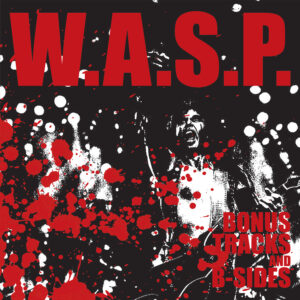Beck’s new album will be released in December entirely as individual pieces of sheet music!

Last week, Beck announced that his new album wouldn’t be released as a digital download, nor as a CD or a vinyl. Rather, the album Beck Hansen’s Song Reader will be released in December entirely as individual pieces of sheet music by the publishing house McSweeney’s. While the idea of releasing songs as sheet music is anything but a new idea, it is an incredibly novel way to embrace today’s participatory culture, while also bringing people back to the old ways of music discovery and appreciation.
Beck Hansen’s Song Reader will feature 20 new songs from Beck (18 with lyrics, two instrumental) at 108 pages in length and comprised of 20 individual song booklets. The release will also include a hardcover carrying case, a foreword by the artist himself, and “full-color, heyday-of-home-play-inspired” piece of original artwork – no CDs, no MP3s, and no vinyl. While one could still theoretically torrent the sheet music (and you know somebody will upload it), the experience will not be nearly the same because the album concept itself is the experience.
“The Song Reader is an experiment in what an album can be at the end of 2012,” read an announcement on Beck’s website. “An alternative that enlists the listener in the tone of every track, and that’s as visually absorbing as a dozen gatefold LPs put together.”
The public’s reaction for this release has been mixed. Some feel it’s an absolute genius move and has the word “innovation” written all over it, while others feel it’s nothing more than a PR stunt to get people talking in hopes of boosting sales in December. While there’s certainly nothing “genius” about releasing a piece of sheet music (it’s been done since the 1500s), there is something to be said about embracing a traditional way of discovering a songwriter’s creation in an age where we don’t have to work to discover music anymore.
“Bringing them to life depends on you,” said the announcement.
I like to think that this is another, different way of approaching music discovery. After all, any musician who has ever sight-read a piece of music before understands that one is “discovering” a song as they learn to play it through; in a different way than a listener would. I like to think that this release was Beck’s ode to the musician. For after all, musicians are far better equipped to appreciate the nuances and cadences of syncopated rhythms, shifting time signatures, and playing dynamics than the average music listener is. And what better way to appreciate the fine details of a piece of music than learning to play it yourself?
This release is also a fantastic way to draw fans to Beck’s live performances. Just like in the classical era (or any era before recorded music), if you wanted to hear what the song is “supposed” to sound like, you would have to attend a live performance where the composer himself was directing the band and ensuring that it was played to his exact specifications. Beck fans now have all the more reason to attend the shows in order to complete the album experience.
At the end of the day though, the beauty about this release is that it showcases music as an art form; in that it is open to interpretation. Undoubtedly, people will be posting videos and recorded versions of their own renditions of Beck’s new songs. Some will be good, some will be not so good, but some will be great. But despite how great another person’s version of the song will be, it will never be as special as it is when it is coming from the mind, heart and soul of the person who organized the song’s notes and structure, and facilitated those sound waves’ introduction into our consciousness to affect how we feel at a given moment.
Source: Hyperbot


